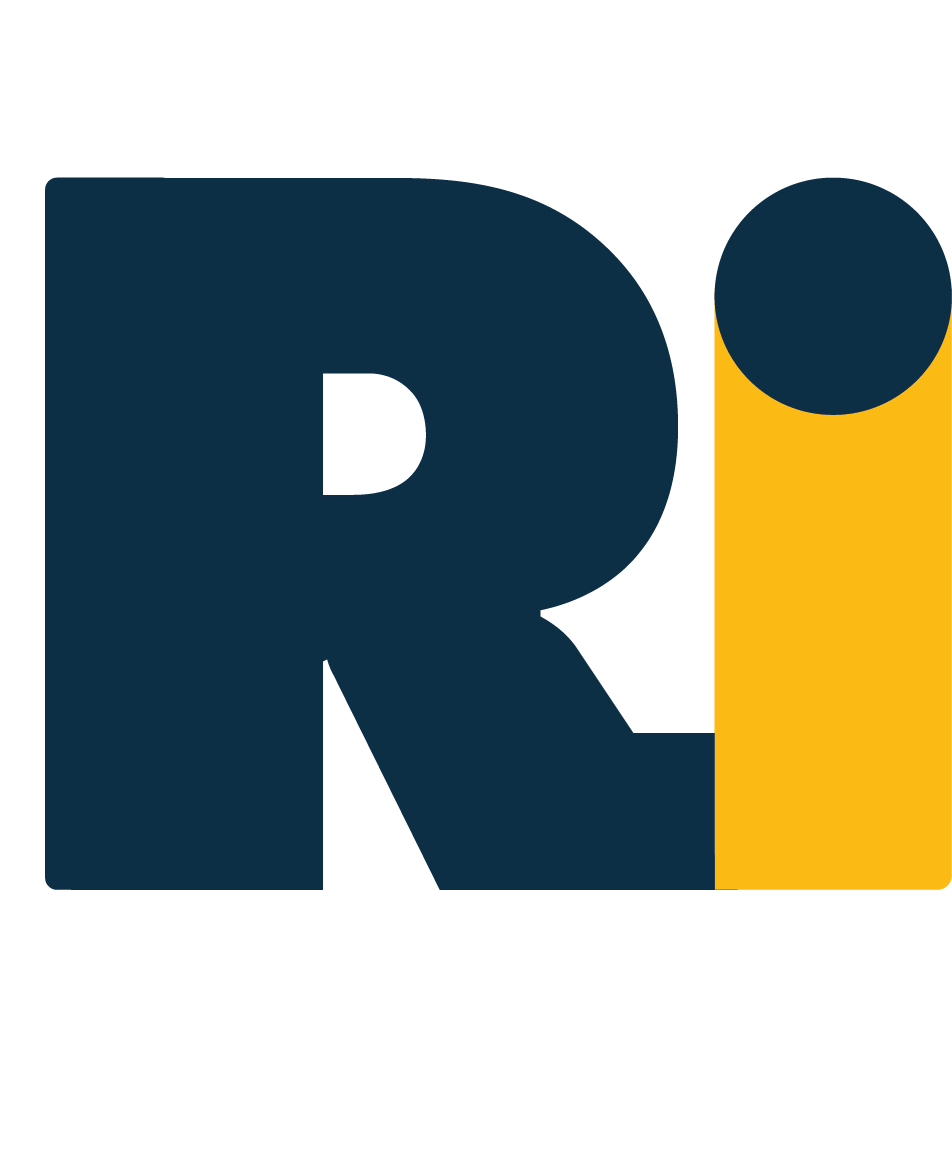Background to the Project
The Affiliate Microsite is a pre-merger product aimed at affiliates who do marketing on behalf of Paddy Power. On average, we have between 800/900 new affiliates sign up each year and over 10,000 existing affiliates.
The Problem
In terms of new sign ups, the business was very happy with the numbers they were signing up, however an issue that kept happening was that potential affiliates were getting in contact with customer support as they didn’t understand exactly what they would get by signing up.
What I Did
Facilitated Workshops, Journey Mapping, Card Sort, Competitor Analysis, Wireframing.
The Project Team
The team for this project consisted of myself as UX, a UI Designer in Porto, a Product Owner in Dublin and Developer in Romania.
Kick Off Workshop and Existing Product review

